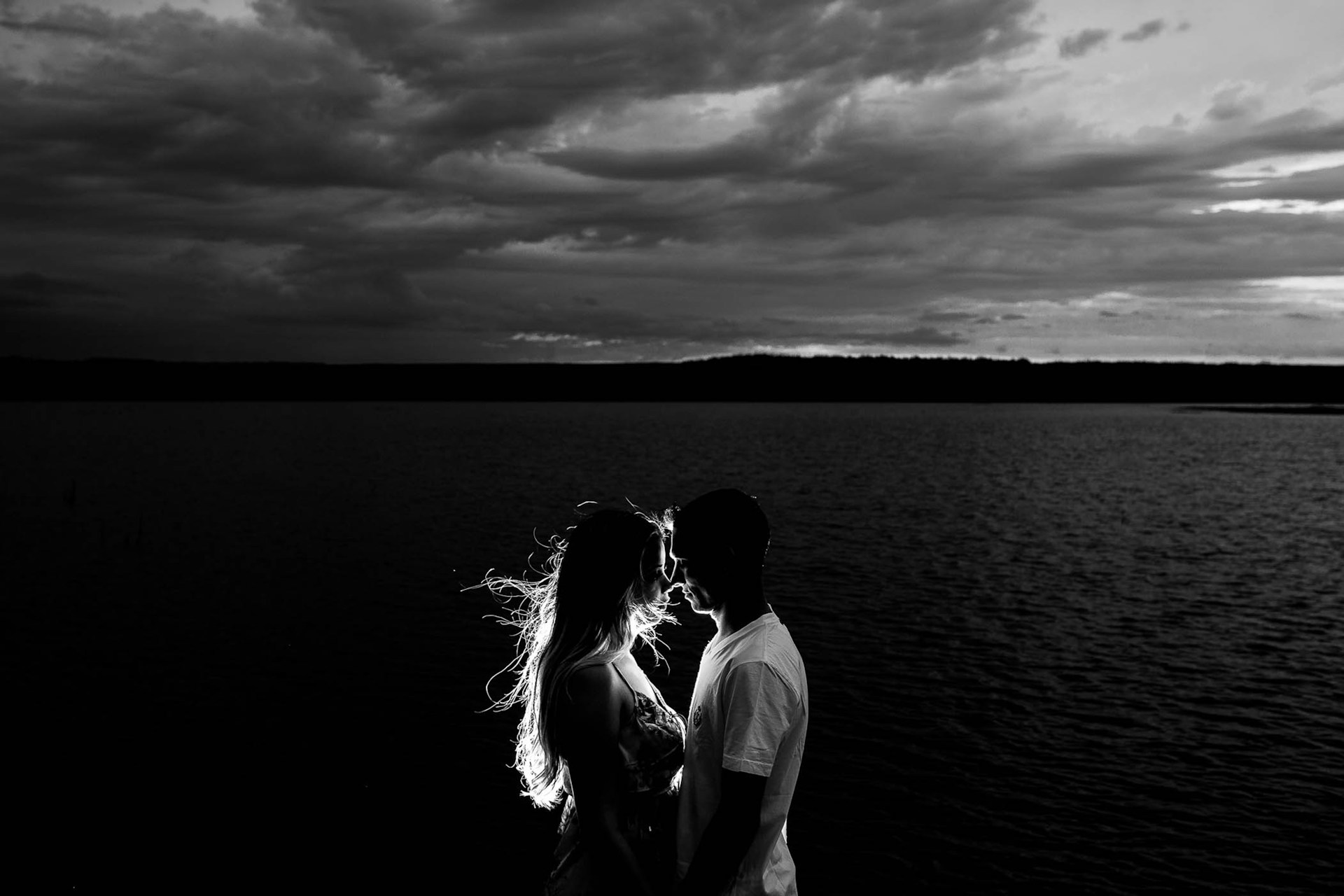How to Write the Enemies-to-Lovers Trope

If you’re a romance writer, chances are you’ve already heard of tropes. But if you haven’t, never fear, that’s what I’m here for.
Tropes are recurring themes or concepts commonly used in writing. Although they’re often discussed (and sometimes purposely aimed for) in the romance genre, they can be found in most other genres, too.
Tropes can be anything from enemies-to-lovers (discussed in this post), to “one bed,” or even something as simple as “Who hurt you?”. Oh yeah, they get very nuanced.
It goes without saying that thinking in terms of tropes when you’re a reader can be helpful when finding what to read next. A writer promoting their story as containing the enemies-to-lovers trope — my personal favorite — will have thrown a line with hook and sinker at me.
Writers don’t always write with a trope in mind, but some do, and it can be helpful if you have a specific audience in mind. Sometimes, it can help an author try something new. If a romance writer already has many novels out, and they’re trying to think of how to write something new, they can consider what tropes they haven’t written about to find a fresh new idea.
I’ve started a new series where I delve into some of the most popular tropes found in romance books and compiled some tips that should give you a guideline for how to make the best of each one.
This week, we’re starting with my most favorite one: enemies-to-lovers.
What is enemies-to-lovers?
Enemies-to-lovers is a popular romance trope where two characters who start out as enemies or rivals end up in a romantic relationship.
The MCs must overcome their differences and ultimately fall in love.
The question is not about “Will they or won’t they?” but “How will they?”
Make the conflict believable
Clearly define why the characters are enemies. Their contrasting issues could be rooted in past betrayals, opposing goals, clashing personalities, or misunderstandings. The conflict should feel meaningful and not easily resolved.
Maintain heightened tension & forced proximity
Highlight the MCs’ animosity through sharp dialogue, heated arguments, and moments of friction where they are at odds with each other.
Push the MCs into situations where they have to work together or spend time with each other. Shared goals can put them in situations where they can’t avoid each other.
Allow for some subdued signs of growing attraction and affection at this time to begin foreshadowing the romance.
Character growth & vulnerability
Gradually peel back their emotional armor. Begin to show that beneath their hostility, they have vulnerabilities, shared values, or misunderstood motives. These moments help the MCs see each other in a new light.
However, don’t rush their transformation from enemies to lovers. Let their feelings evolve naturally, progressing from disdain to grudging respect, then to affection, and finally to love.
Popular stories with the enemies-to-lovers trope
- Pride and Prejudice by Jane Austen
- The Hating Game by Sally Thorne
- Bridgerton Book 2: The Viscount Who Loved Me by Julia Quinn
Enemies-to-lovers is one of those few tropes that can work across multiple genres quite well. Whether it’s romance, dystopian, thriller, or even horror, there’s something quite universal about two leading MCs who find love or weave in and out of attraction in spite of some initial friction.
Naturally, there are more than one ways to write a trope into your story. And it’s always interesting to take a trope and subvert it. The wonderful thing about tropes is that they’re as flexible as putty, and they’re available for anyone who’s willing to experiment and play around a bit.